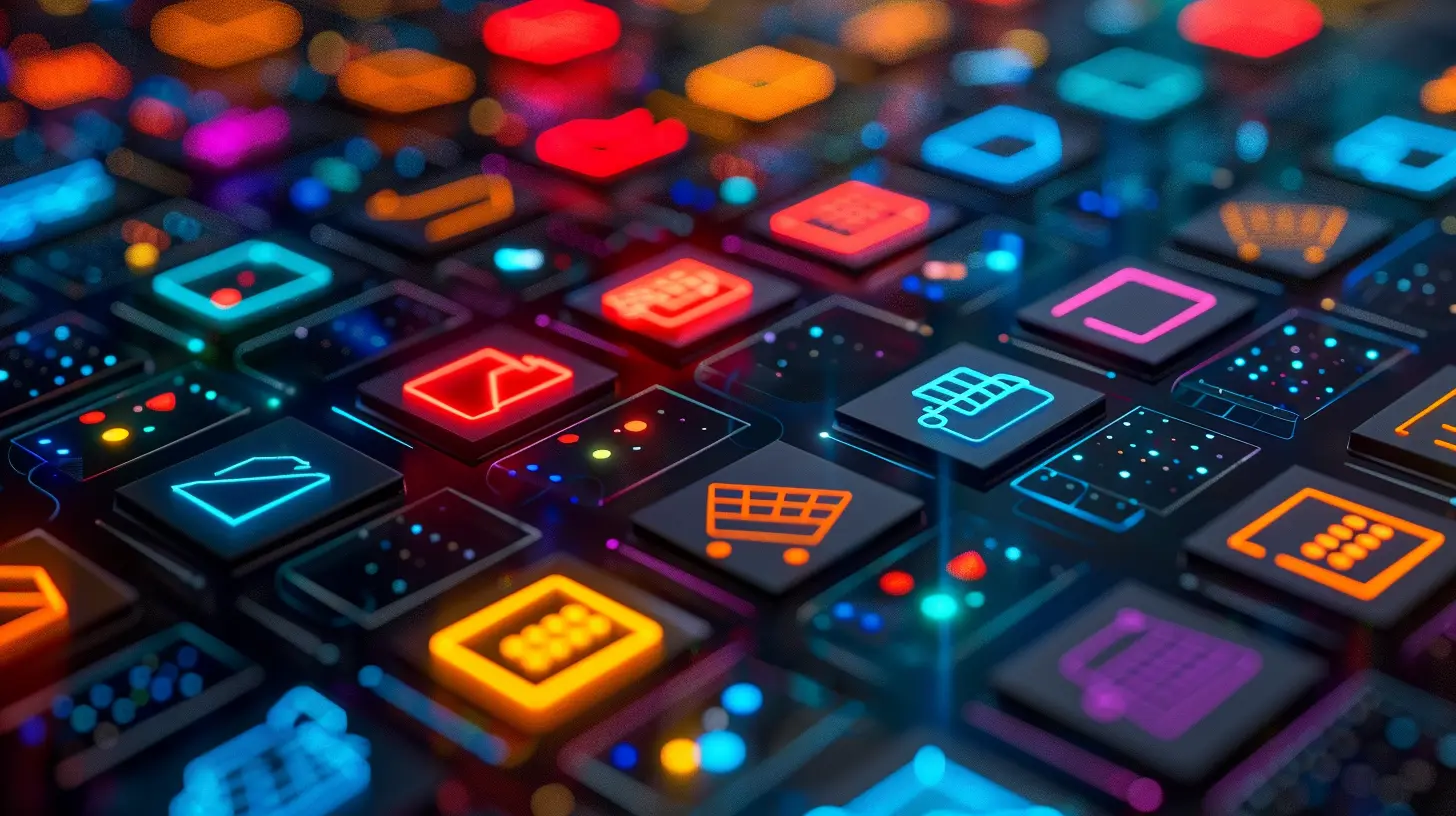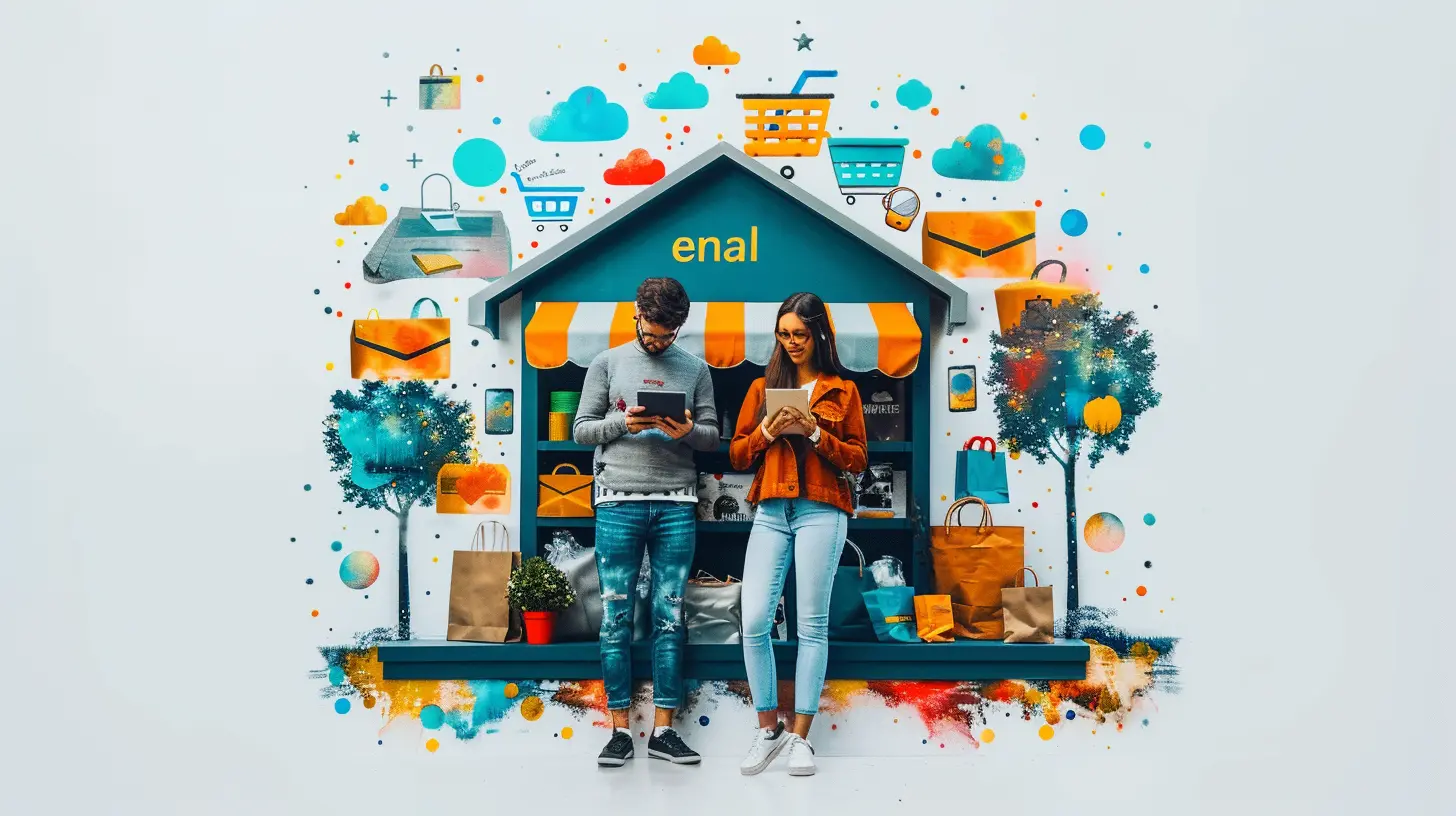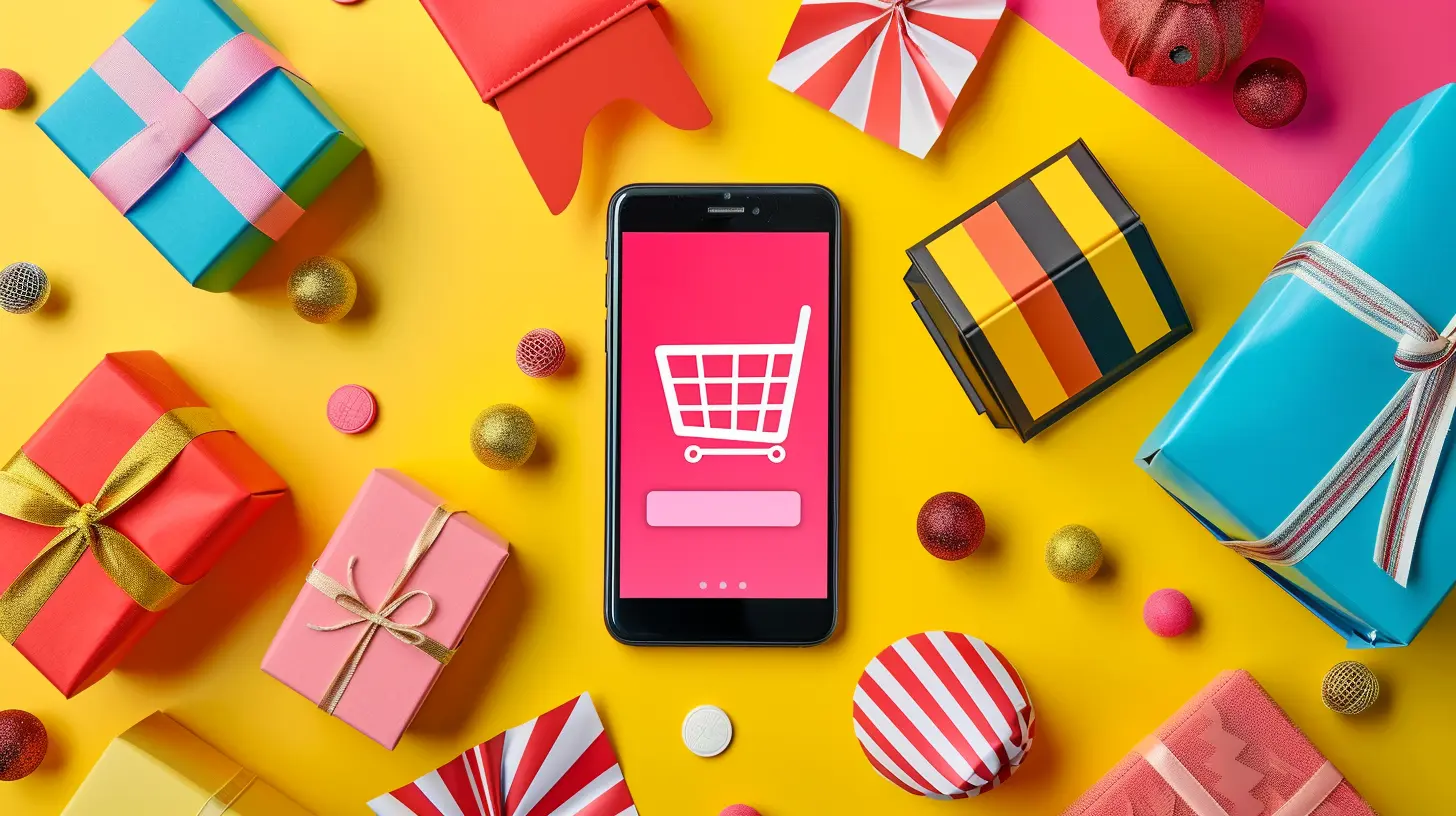How to Create a Seamless Omnichannel Experience in E-Commerce
26 September 2025
Let’s face it—today’s shoppers are everywhere. One minute, they’re browsing products on their phones while sipping coffee. The next, they’re flipping open their laptops to compare prices. And sometimes, they walk right into a store just to physically see what they’re planning to buy.
This multi-device, multi-channel behavior isn't just a trend—it’s the new norm. That’s where the idea of a seamless omnichannel experience in e-commerce comes into play.
If you’re running an online store and not thinking in terms of a cohesive experience across all touchpoints, then you're probably leaving revenue—and customer loyalty—on the table.
In this guide, we’ll dive deep into how you can build a rock-solid omnichannel strategy that doesn’t just meet customer expectations but flat-out wows them.

What Is an Omnichannel Experience Anyway?
Before we roll up our sleeves and get into the ‘how’, let’s clear the air on what "omnichannel" actually means.Omnichannel doesn’t just mean being on multiple platforms. Nope. It’s about creating a unified journey for your customers, no matter where they start or end their shopping experience.
Picture this: A customer adds a pair of shoes to their cart on your app during lunch, then checks them out later that evening on their desktop without skipping a beat. That seamless handoff from one device (or even one platform) to another? That’s omnichannel.
It’s not about being everywhere, it’s about being everywhere with consistency.

Why Omnichannel Matters More Than Ever
Here’s the kicker—your customers expect it. They’re not just hoping for a smooth shopping journey; they demand it.Let’s throw in some real talk:
- 73% of consumers use multiple channels in their shopping journey.
- Brands with strong omnichannel strategies retain 89% of their customers on average.
- Customers who engage with multiple channels spend 4x more than single-channel shoppers.
So yeah, this isn’t just a ‘nice-to-have’. It’s a game-changer.

Step 1: Know Your Channels… and Your Audience
First thing’s first—understand where your customers are hanging out.Are most of them mobile-first? Do they engage with you on Instagram more than email? Do they prefer to pick up in-store after browsing online?
If you don’t have answers to these questions, now’s the time to dig into your analytics and customer feedback.
Pro Tip:
Use tools like Google Analytics, Hotjar, and customer surveys to get a real feel for how your buyers behave across touchpoints.
Step 2: Create a Unified Brand Experience
Think of your brand as a person. Wouldn’t it be weird if that person acted one way on social media and a completely different way in email?Consistency is key.
From your tone of voice and visual identity to messaging and customer service, your brand should feel the same whether someone’s browsing your website, reading your newsletter, or chatting with your support team on Messenger.
Things to keep consistent:
- Logos, color schemes, and fonts- Brand messaging and voice
- Product info and pricing
- Promotions and offers
When everything feels familiar and connected, trust builds. And trust leads to sales.
Step 3: Sync Your Systems
This is where things can get messy—but worth it.Behind every seamless customer experience is a ton of backend integration. We’re talking about your CRM, inventory management, order processing, email automation tools, and more.
You don’t want a customer to order something online only to be told it’s out of stock because your systems weren’t updated in real-time. Yikes.
Must-Have Integrations:
- CRM (Customer Relationship Management): So all teams have access to a 360-degree view of the customer.- Inventory Management System: To keep your stock levels in check across channels.
- POS Systems: Especially if you have a physical store—ensure it syncs with your e-commerce backend.
- Marketing Automation Tools: So campaigns are triggered based on real-time behavior, not outdated data.
When your tools talk to each other, your business runs smoother—and your customers stay happier.
Step 4: Personalize Every Touchpoint
Ever gotten an email that feels like it was meant just for you? That’s the power of personalization.But it shouldn’t stop at emails.
Omnichannel personalization means tailoring the experience at every possible touchpoint—website, app, social media, even in-store experiences—based on user data.
Examples of personalization:
- Product recommendations based on browsing history- Cart reminders (maybe even sweetened with a discount!)
- Geo-targeted promotions for nearby stores
- Chatbots that pick up conversations right where you left off
In short, show your customers that you know them—not in a creepy way, but in a "Wow, they get me!" kind of way.
Step 5: Optimize for Mobile (Seriously)
We’re not just living in a mobile-first world anymore—it’s practically mobile-only for many people.Your mobile experience needs to be lightning fast, intuitive, and consistent with your desktop site. Buttons should be tappable (with fingers, not toothpicks), pages should load quickly, and checkout should be frictionless.
Mobile Must-Haves:
- Responsive design- Mobile wallet integration (Apple Pay, Google Pay)
- Autofill for forms
- Thumb-friendly navigation
Don’t make people pinch, zoom, and squint. That’s the fastest way to lose a sale.
Step 6: Blend Online and Offline Touchpoints
Let’s not forget about brick-and-mortar. The best omnichannel strategies connect the dots between digital and physical.Think about it: Features like “buy online, pick up in-store” or “check in-store availability” add a whole new level of convenience.
And what about returns? Give people the option to return online orders in-store. It’s small things like that that make a huge difference.
Cool ideas to merge online and offline:
- QR codes in stores linking to product tutorials- In-app store navigation
- In-store tablets for browsing online inventory
- Loyalty programs that work both digitally and physically
The goal? Make your online and offline channels feel like they’re part of the same ecosystem—not completely different planets.
Step 7: Use Data to Drive Decisions
If omnichannel is the vehicle, data is the fuel.Every click, purchase, and message gives you insight into your customers' preferences and behavior. Track that information and actually use it.
What to track:
- Channel attribution (Where do your customers come from?)- Drop-off points in the customer journey
- Purchase behavior across devices
- Engagement rates on different platforms
Use this data to tweak and fine-tune your strategy. Think of it like steering a ship—constantly adjusting course to reach your destination.
Step 8: Deliver Stellar Customer Support Everywhere
Omnichannel doesn’t mean much if your customer support is stuck in the dark ages.People should be able to get help however they reach out—without having to repeat their life story to five different reps.
Pro Tips for Omnichannel Support:
- Implement live chat on your site and app- Offer social media support (yes, customers do DM brands)
- Create a robust FAQ and help center
- Allow for seamless transitions from bots to human agents
The easier it is for people to get help, the more likely they are to stick around (and tell their friends).
Step 9: Test, Learn, Improve, Repeat
Here’s a little secret—there’s no “perfect” omnichannel strategy. There’s only the one you constantly improve.Run A/B tests. Experiment with messaging. Try new tools. Ask your customers for feedback.
Omnichannel is a marathon, not a sprint. Keep tweaking until everything feels like second nature—for your team and your customers.
Common Omnichannel Pitfalls (And How to Avoid Them)
Let’s be real—going omnichannel isn’t always smooth sailing. Here are a few common missteps businesses make:Not aligning departments
Marketing and sales not talking? Recipe for disaster. Keep everyone on the same page.Ignoring mobile optimization
We already covered this, but it’s worth repeating: mobile can make or break your experience.Inconsistent messaging
One channel says 20% off, another says 10%? That’s how you lose trust (and customers).Overcomplicating the tech stack
More tools ≠ better. Choose platforms that integrate well and serve your actual needs.Wrapping It All Up
At the end of the day, creating a seamless omnichannel experience in e-commerce isn’t just a tech project—it’s a philosophy. It's about putting your customers at the center and making their journey as smooth as possible, wherever they choose to interact with your brand.Is it work? Absolutely.
Is it worth it? 1000%.
So go ahead—sync your systems, unify your messaging, personalize like a pro, and watch how your customers respond when everything just clicks.
all images in this post were generated using AI tools
Category:
E CommerceAuthor:

Ian Stone
Discussion
rate this article
1 comments
Raelyn Hall
To truly excel in e-commerce, businesses must prioritize a seamless omnichannel experience. Integrating all customer touchpoints not only enhances satisfaction but also drives loyalty and sales. Embrace this approach, and watch your brand thrive in a competitive landscape.
October 5, 2025 at 2:38 AM

Ian Stone
Thank you for highlighting the importance of a seamless omnichannel experience! Integration is key for driving customer satisfaction and loyalty in e-commerce.


